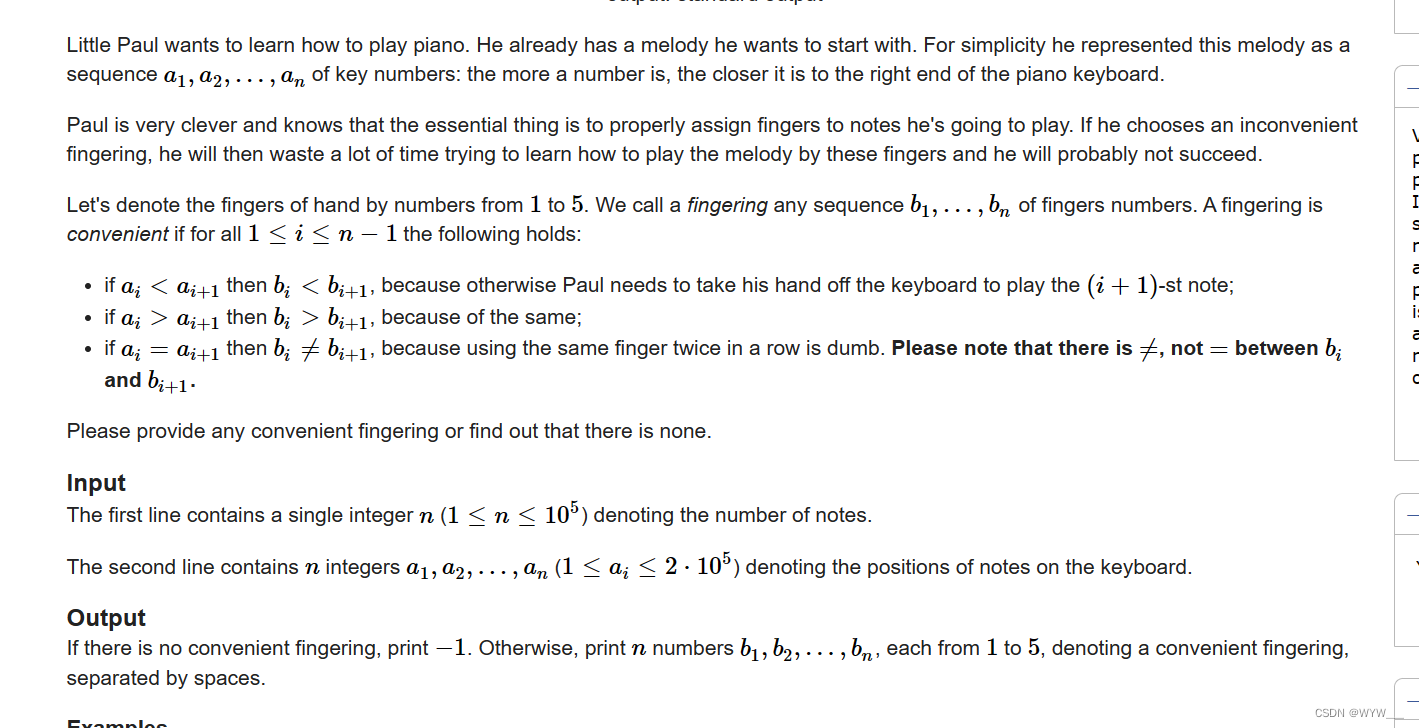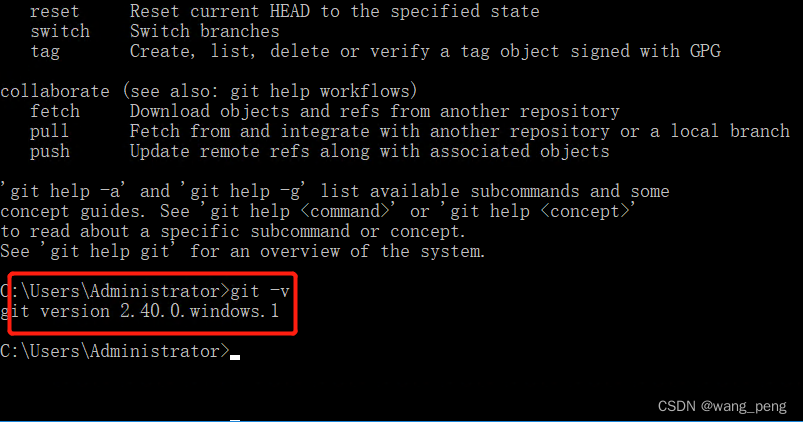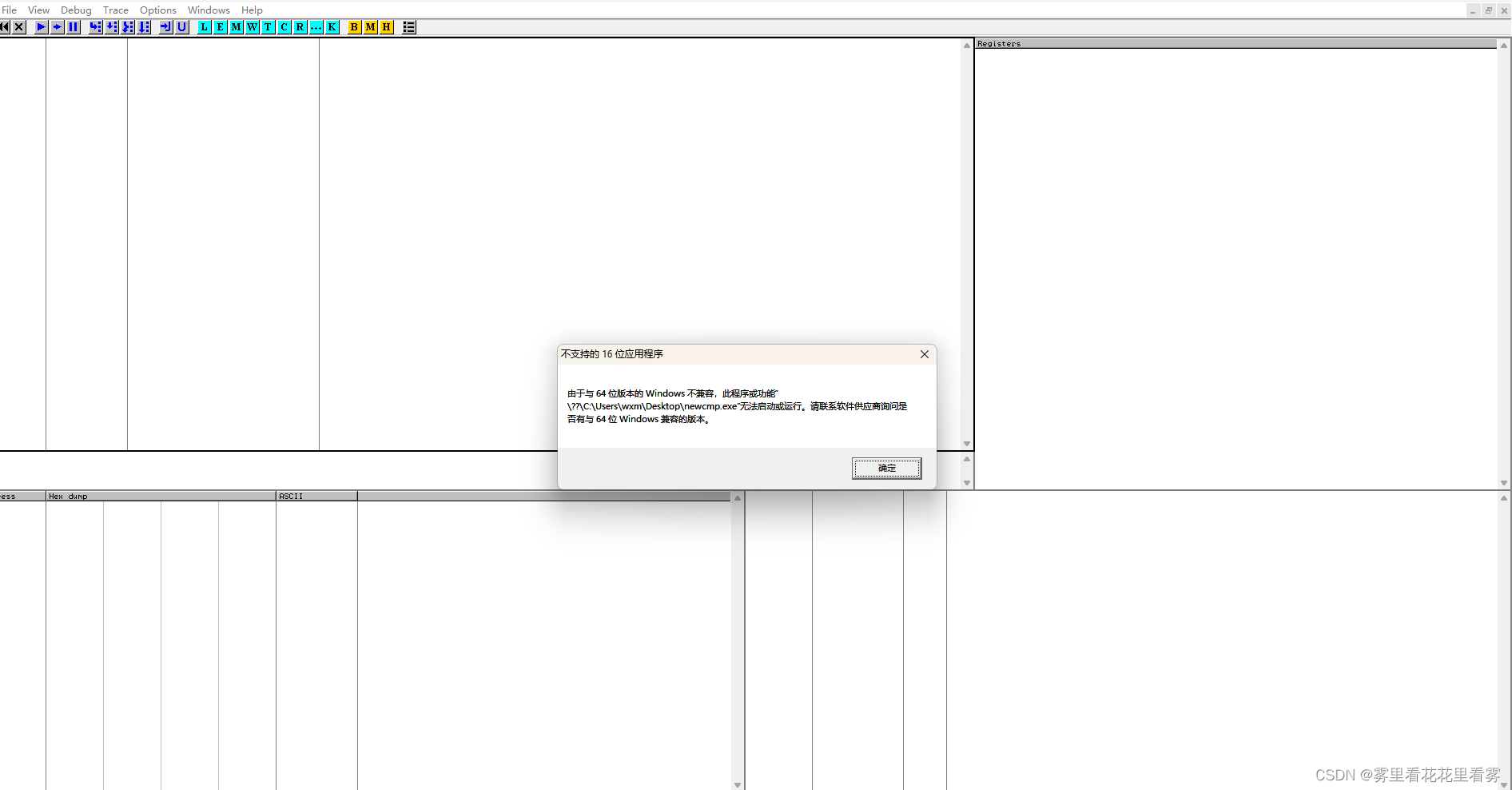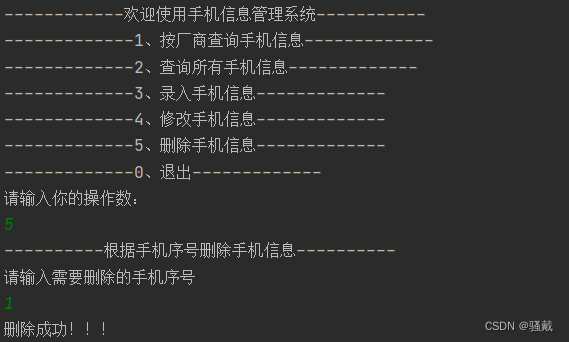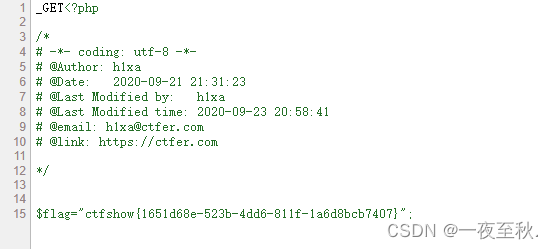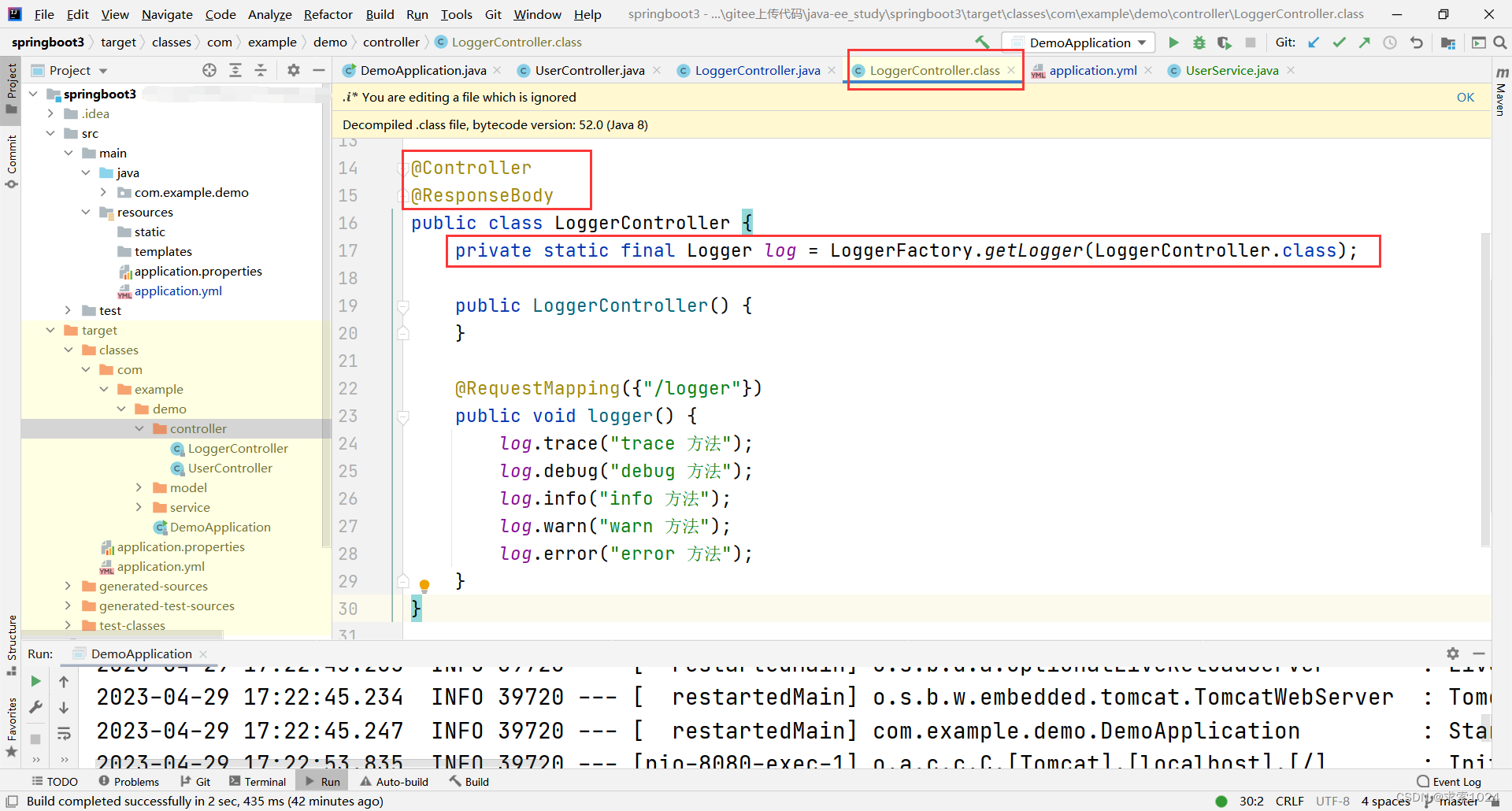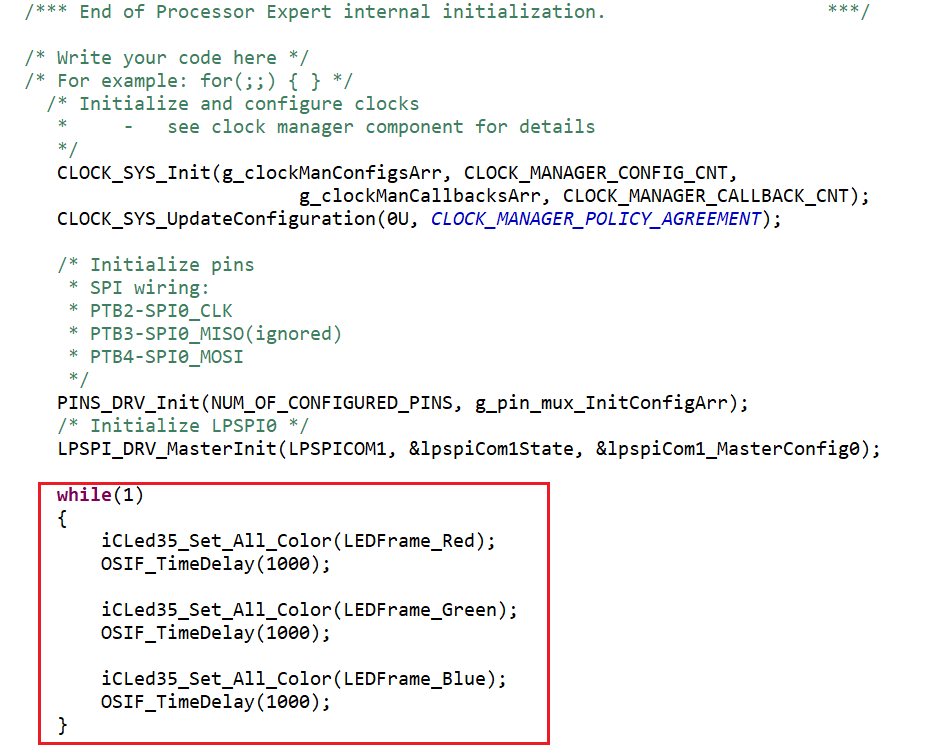Problem - D - Codeforces
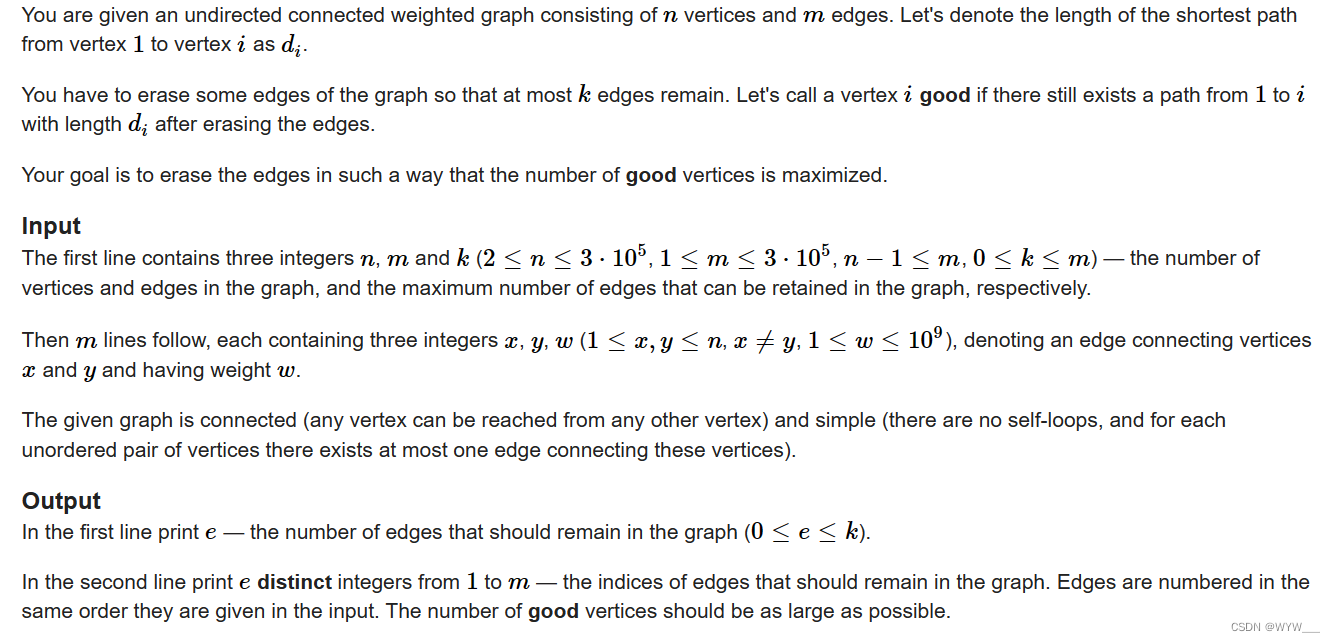
给定一个由 n 个顶点和 m 条边组成的无向连通加权图。将从顶点 1 到顶点 i 的最短路径长度表示为 di。
你必须删除一些图中的边,使得最多只保留 k 条边。如果在删除边后,仍然存在从 1 到 i 的路径,其长度为 di,则称顶点 i 是好的。
你的目标是以这样的方式删除边,以使好的顶点数最大化。
输入格式 第一行包含三个整数 n、m 和 k(2≤n≤3⋅105,1≤m≤3⋅105,n−1≤m,0≤k≤m)- 图中的顶点和边的数量以及可以保留在图中的最大边数。
接下来 m 行,每行包含三个整数 x、y、w(1≤x,y≤n,x≠y,1≤w≤109),表示连接顶点 x 和 y 的边具有权值 w。
给定的图是连通的(任何顶点都可以从任何其他顶点到达)并且简单(不存在自环,并且对于每个无序顶点对,最多存在一条连接这些顶点的边)。
输出格式 第一行输出 e - 应该保留在图中的边数(0≤e≤k)。
第二行输出 e 个不同的整数,介于1和m之间,表示应该保留在图中的边的索引。边按照它们在输入中给出的顺序编号。好点的数量应尽可能大。
Examples
input
Copy
3 3 2 1 2 1 3 2 1 1 3 3
output
Copy
2 1 2
input
Copy
4 5 2 4 1 8 2 4 1 2 1 3 3 4 9 3 1 5
output
Copy
2 3 2
题解:
要想好点最多,我们应该保证在我们图中,被松弛的边尽可能少,那么如何才能得到呢
其实就是考察了堆优化最短路的定义,每次取距离源点最近的点,然后把与这点的相连的边松弛,
这样是最优的,那么我们从队列中取k+1次未遍历过的点,停止即可,
#include <cstdio>
#include <cstring>
#include <algorithm>
#include<iostream>
#include<vector>
#include<set>
#include<map>
#include<cmath>
#include<queue>
using namespace std;
typedef long long ll;
#define int long long
typedef pair<int,int> PII;
int mod = 1e9 + 7;
int dis[300050];
int vis[300050];
struct node
{
int w,id,ne;
friend bool operator <(const node &a,const node &b)
{
return a.w > b.w;
}
};
vector<node> p[300050];
void solve()
{
int n,m,k;
cin >> n >> m >> k;
memset(dis,0x3f,sizeof dis);
for(int i = 1;i <= m;i++)
{
int l,r,w;
cin >> l >>r >> w;
p[l].push_back({w,i,r});
p[r].push_back({w,i,l});
}
priority_queue<node> q;
dis[1] = 0;
q.push({0,0,1});
vector<int> ans;
while(q.size()&&ans.size() <= k)
{
node t = q.top();
q.pop();
if(vis[t.ne])
continue;
vis[t.ne] = 1;
ans.push_back(t.id);
for(node ne:p[t.ne])
{
int j = ne.ne;
if(dis[j] > dis[t.ne] + ne.w)
{
dis[j] = dis[t.ne] + ne.w;
q.push({dis[j],ne.id,j});
}
}
}
cout << ans.size() - 1<<"\n";
for(int i = 1;i < ans.size();i++)
cout << ans[i] <<" ";
}
signed main()
{
// ios::sync_with_stdio(0 );
// cin.tie(0);cout.tie(0);
int t = 1;
// cin >> t;
while(t--)
{
solve();
}
}
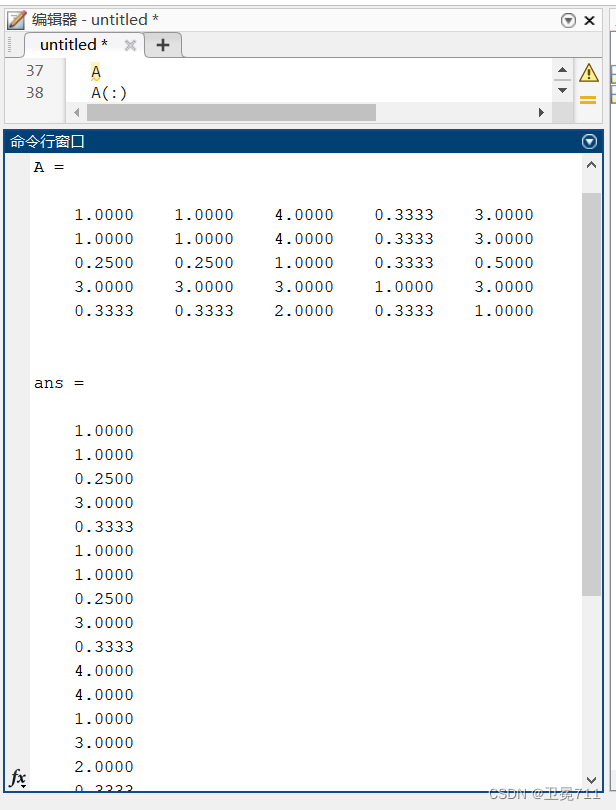
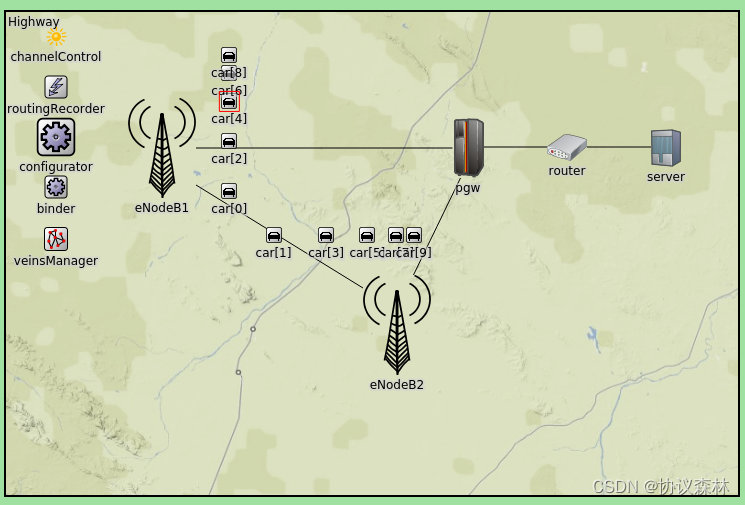
![Linux学习[9]查找文件指令:which whereis locate find](https://img-blog.csdnimg.cn/7e39389d51dc4c6fae0e4fbc03b8c3e2.png)
